trending
neon
Cirque du Soleil offers summer ticket deals
dining out
Celebs ditch the Strip for iconic Henderson restaurant
july 
trending
neon
Cirque du Soleil offers summer ticket deals
dining out
Celebs ditch the Strip for iconic Henderson restaurant
july 
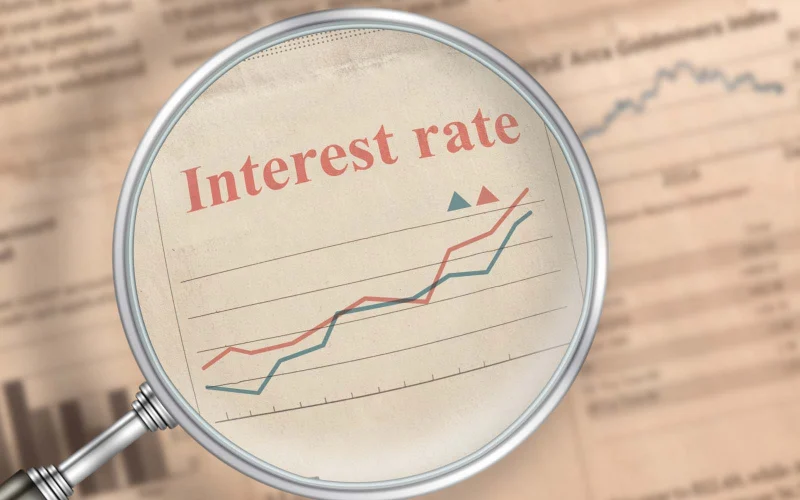
Rising interest rates are reshaping both personal and corporate finances. From mortgages and credit card payments to business borrowing costs and profits, the effects are profound. As central banks increase rates to curb inflation, both consumers and companies are adjusting their financial strategies. This article explores the current and long-term impacts of interest rate hikes on the economy.




In recent years, central banks worldwide have begun increasing interest rates as a response to inflationary pressures that have disrupted global economies. The U.S. Federal Reserve, in particular, has been raising interest rates in an attempt to bring down inflation, which has surged to levels not seen in decades. While the intention behind these rate hikes is to curb inflation and stabilize the economy, the effects are far-reaching, impacting everything from personal loans and mortgages to corporate investment and profitability.
In this article, we will explore how interest rate hikes are affecting personal and corporate finances, examining the short-term and long-term consequences of higher borrowing costs, and what individuals and businesses can do to navigate these changes.
Interest rates are the cost of borrowing money, and they are a critical tool in the arsenal of central banks like the Federal Reserve to regulate economic activity. When interest rates rise, borrowing becomes more expensive, which typically reduces consumer spending and business investment. The goal is to reduce demand within the economy, thereby lowering inflation.
The Federal Reserve’s recent decision to increase interest rates is driven by a need to tackle inflation, which has been fueled by various factors such as the COVID-19 pandemic, global supply chain disruptions, and rising energy costs. With inflation at historically high levels, the Fed's objective is to reduce price increases without tipping the economy into a recession.
However, higher interest rates have significant effects on both personal and corporate finances, some of which are already being felt across various sectors.
One of the most noticeable impacts of rising interest rates is on the housing market. As mortgage rates increase, monthly payments for homebuyers also rise, making it more expensive to purchase a home. The increase in mortgage rates has already cooled down the housing market in many parts of the United States. According to reports, the number of home sales has significantly decreased, as prospective buyers struggle to afford higher monthly payments.
For example, a 1% increase in mortgage rates can raise monthly payments by hundreds of dollars, making homeownership less attainable for first-time buyers and those on a fixed income. Homeowners with adjustable-rate mortgages (ARMs) are also feeling the pinch, as their monthly payments adjust upward in line with rising interest rates. As a result, many are opting to stay in their current homes rather than move to a new one, further slowing down the housing market.
The consequences of rising mortgage rates extend beyond homebuyers to renters as well. As purchasing a home becomes more expensive, more people may be forced to rent, which could drive up rental prices, putting additional pressure on renters in an already strained housing market.
Another area where interest rate hikes are having a noticeable impact is on credit card debt. Credit cards often have variable interest rates, meaning that when the Federal Reserve raises interest rates, the cost of carrying a balance on a credit card increases. For individuals who carry credit card debt, this can lead to higher monthly payments and an increased overall debt burden.
For example, a person with $10,000 in credit card debt at an average interest rate of 18% could see their monthly payments rise significantly as rates climb. As a result, many individuals may find it more difficult to pay down their credit card balances, which could lead to an increase in financial stress.
Additionally, personal loans, which are often used for major life purchases such as home renovations or education, can become more expensive as interest rates rise. This makes it harder for consumers to afford these loans, potentially stalling personal financial goals and contributing to a slowdown in overall consumer spending.
On a more positive note, higher interest rates can benefit savers and investors who hold fixed-income securities like bonds or certificates of deposit (CDs). As interest rates rise, the yield on these types of investments typically increases, allowing savers to earn a higher return on their deposits.
However, this benefit comes with a catch. For individuals holding existing bonds or CDs, rising interest rates can reduce the market value of these investments. When interest rates increase, newer bonds with higher yields become more attractive, reducing the value of older bonds that offer lower returns. As a result, those holding fixed-income investments may face losses if they need to sell their holdings before maturity.
In the stock market, higher interest rates can also be a mixed bag for investors. While some sectors, such as financial services, may benefit from rising rates, others may face challenges. For example, companies with high levels of debt may struggle to pay off their loans as interest costs increase, which could negatively impact their stock prices. Additionally, as borrowing costs rise, consumer spending may slow down, affecting the profitability of businesses across various industries.
One of the most direct impacts of rising interest rates on businesses is the increased cost of borrowing. Companies that rely on loans for capital expenditures, expansion, or day-to-day operations will see their borrowing costs rise as interest rates increase. This can have a significant impact on small and medium-sized enterprises (SMEs), which often have limited access to credit and are more sensitive to changes in interest rates.
For larger corporations, the impact may be less pronounced, but the increased cost of borrowing can still affect their investment strategies. Companies may choose to delay or scale back planned expansions, acquisitions, or other capital-intensive projects to avoid the higher costs associated with borrowing in a higher-interest-rate environment.
As borrowing costs rise, companies may also face pressure on their profitability. Higher interest expenses can erode profit margins, especially for businesses with large amounts of debt. Additionally, rising interest rates can slow down consumer spending, reducing demand for goods and services, which can further impact a company’s bottom line.
In particular, sectors like real estate, construction, and consumer discretionary are often hit the hardest by higher interest rates. These industries rely on consumer borrowing and spending, which tends to decrease as interest rates rise. As a result, businesses in these sectors may see reduced revenue, lower profits, and, in some cases, layoffs or closures.
For the broader economy, rising interest rates can lead to a slowdown in stock market performance. As borrowing costs increase and business profits decrease, stock prices may come under pressure, leading to a decline in overall market performance. Additionally, higher interest rates make bonds and other fixed-income investments more attractive, which could lead to a shift away from equities and further contribute to stock market volatility.
Higher interest rates can also exacerbate inflationary pressures on businesses, especially those that rely on borrowing to finance their operations. The cost of raw materials and labor may continue to rise, increasing production costs for companies. With rising borrowing costs, businesses may have less flexibility to absorb these higher costs, leading to price increases for consumers.
In industries such as manufacturing, transportation, and energy, the combined effects of higher borrowing costs and rising production costs can put pressure on profit margins and overall business sustainability.
The long-term effects of rising interest rates on the economy are still unfolding. If the Federal Reserve continues to raise interest rates, it could lead to a period of slower economic growth. Higher borrowing costs may dampen consumer spending, reduce business investment, and lead to slower job creation, all of which could contribute to an economic slowdown.
However, if the Fed succeeds in bringing inflation under control, the long-term benefits of lower inflation may outweigh the short-term costs. A more stable price environment could lead to a more predictable economic outlook, providing businesses and consumers with greater confidence.
For individuals, the long-term implications of rising interest rates may include adjustments in spending habits, changes in the housing market, and a shift toward more conservative investments. Businesses, on the other hand, will need to adapt to a new normal of higher borrowing costs, which may mean reevaluating expansion plans, cutting costs, or finding alternative ways to finance growth.
Rising interest rates are reshaping both personal and corporate finances. From mortgages and credit card payments to business borrowing costs and profits, the effects are profound. As central banks increase rates to curb inflation, both consumers and companies are adjusting their financial strategies. This article explores the current and long-term impacts of interest rate hikes on the economy.
the latest
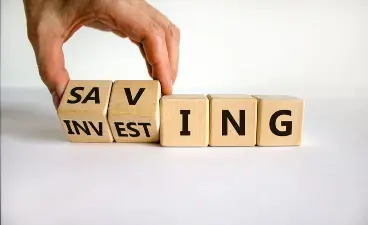
Banking System Reforms: How They Affect Your Savings and Investment Accounts
Banking system reforms are reshaping the financial landscape, and these changes could impact your savings and investment accounts. From interest rates to new regulations, understand how these reforms will affect your financial future. This article provides insights into the potential implications and how you can adapt your strategy to thrive in the evolving financial environment
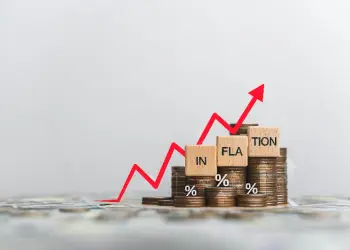
Inflation vs. Investment: What to Do with Your Money in 2025
As inflation continues to challenge global economies, understanding how to protect and grow your wealth becomes more crucial than ever. In this article, we’ll explore how inflation is affecting investments in 2025 and provide expert advice on what to do with your money to safeguard your financial future. Whether you're new to investing or an experienced investor, learn the best strategies for navigating this economic climate.

U.S. Dollar's Rise: Impact on Foreign Exchange and Investments
The strengthening of the U.S. dollar is shaking up global markets, affecting everything from foreign exchange rates to international investments. In this article, we analyze how the dollar's rise impacts global trade, investment strategies, and economic stability. Understanding these effects is crucial for businesses and investors navigating the increasingly globalized financial landscape
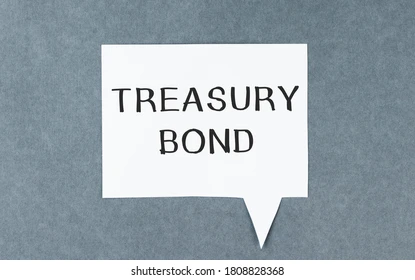
Treasury Bond Yields Hit Record Lows: What It Means for You
Treasury bond yields have reached record lows, marking a significant shift in the financial landscape. As yields decline, the return on investments such as bonds and savings accounts also decreases. This article discusses the potential impact of these record-low yields on various forms of investment and offers guidance on how to navigate these changes in the financial market

Interest Rate Hikes: How It’s Affecting Personal and Corporate Finances
Rising interest rates are reshaping both personal and corporate finances. From mortgages and credit card payments to business borrowing costs and profits, the effects are profound. As central banks increase rates to curb inflation, both consumers and companies are adjusting their financial strategies. This article explores the current and long-term impacts of interest rate hikes on the economy.
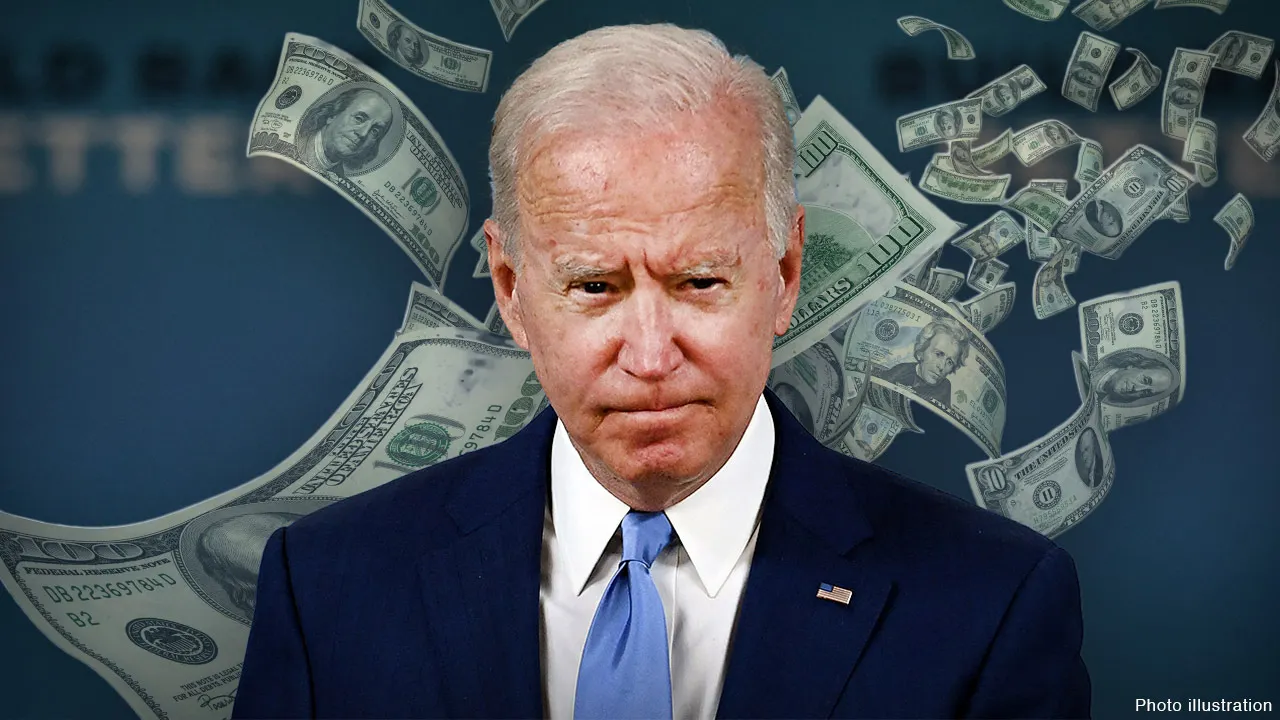
Biden’s Economic Plan: Effect on Dollar & Money Supply
The economic policies introduced by President Biden have far-reaching implications for the U.S. dollar and the broader money supply. With the country facing various challenges, including inflation and recovery from the pandemic, Biden's approach involves major fiscal changes that could significantly affect the financial landscape
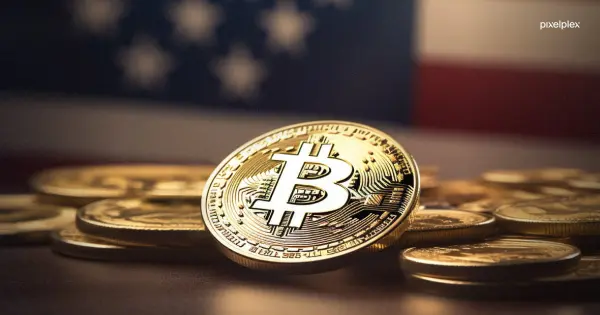
New Cryptocurrency Regulations Impacting Retail Investors in the U.S.
Recent changes to cryptocurrency regulations in the United States are having significant effects on retail investors. This article explores the new rules and what they mean for individuals looking to invest in digital currencies.
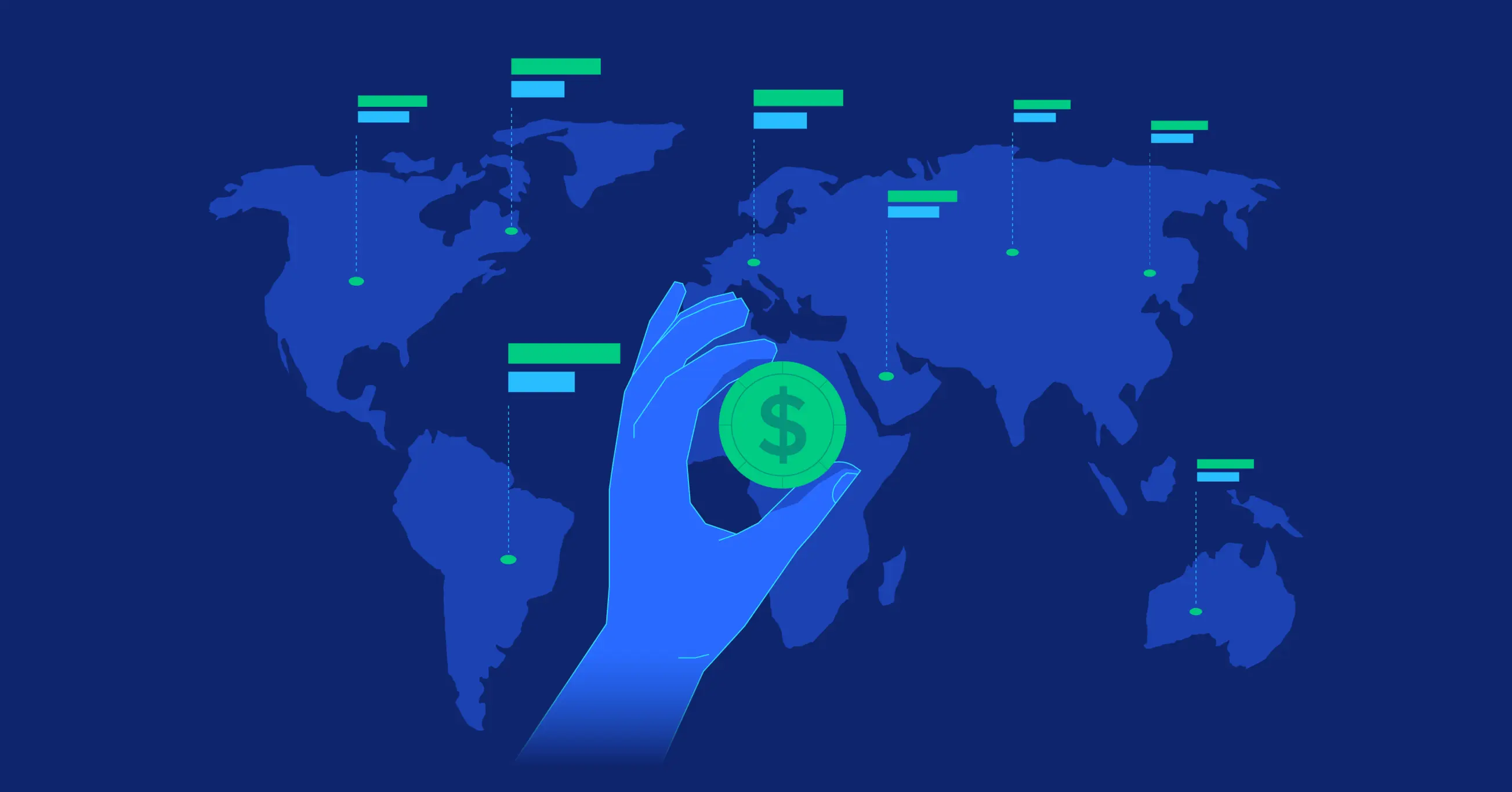
How U.S. Investment Policies Shape Financial Stability
U.S. investment policies play a crucial role in shaping financial stability by influencing capital markets, interest rates, and economic growth. Regulatory frameworks and government interventions determine risk levels, investor confidence, and long-term economic sustainability
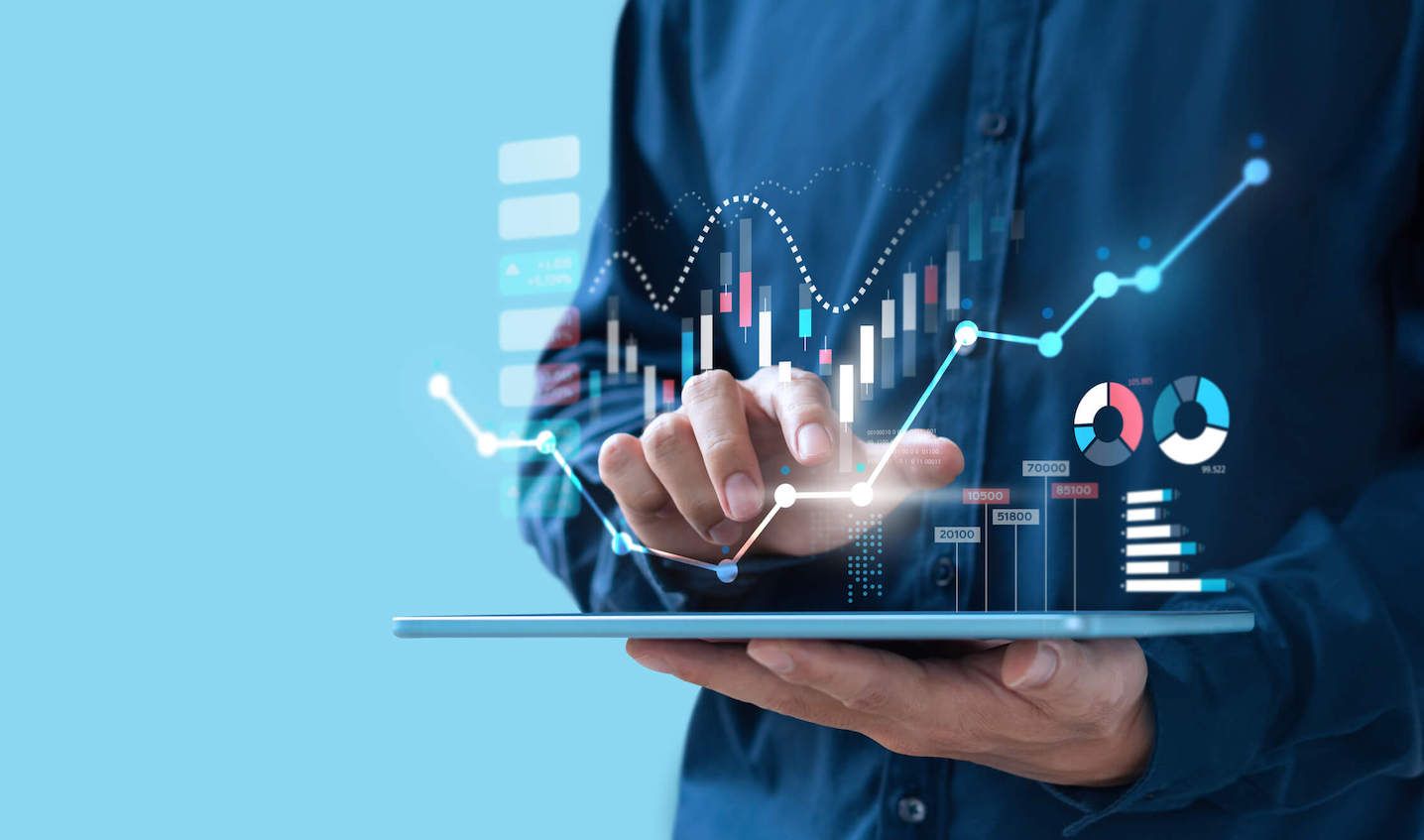
How U.S. Economic Policies Are Reshaping Investment Trends
With shifting U.S. economic policies, investors are adjusting their strategies to respond to new market dynamics. This article explores the key policy changes and their influence on investment decisions